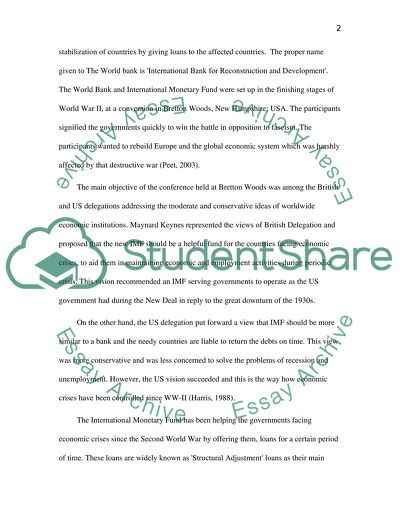Cite this document
(“International Monetary Fund Essay Example | Topics and Well Written Essays - 2000 words”, n.d.)
Retrieved from https://studentshare.org/miscellaneous/1523196-international-monetary-fund
Retrieved from https://studentshare.org/miscellaneous/1523196-international-monetary-fund
(International Monetary Fund Essay Example | Topics and Well Written Essays - 2000 Words)
https://studentshare.org/miscellaneous/1523196-international-monetary-fund.
https://studentshare.org/miscellaneous/1523196-international-monetary-fund.
“International Monetary Fund Essay Example | Topics and Well Written Essays - 2000 Words”, n.d. https://studentshare.org/miscellaneous/1523196-international-monetary-fund.


